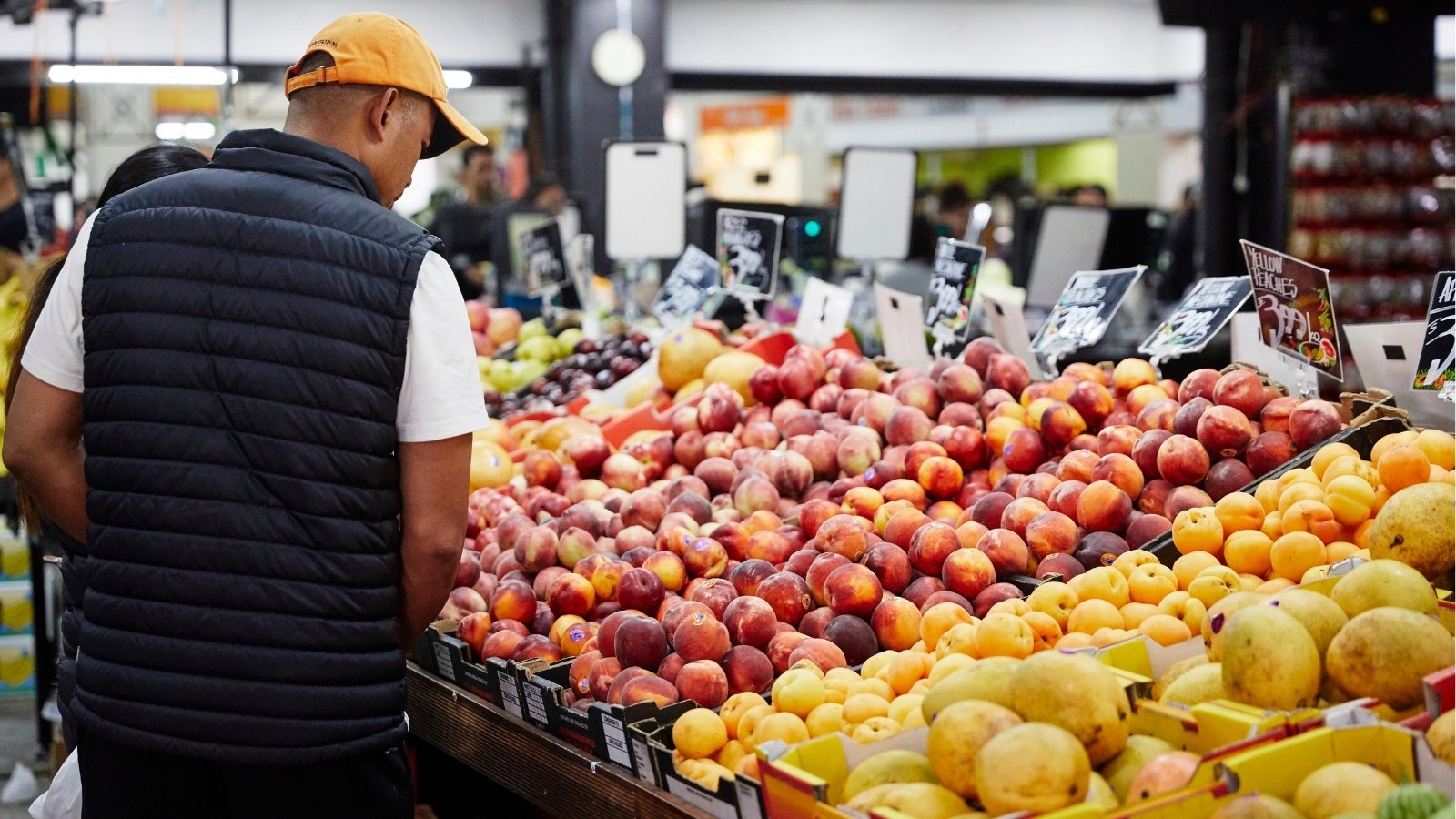Australian currency is in dollars and cents.
We use the dollar symbol $ and the cent symbol ¢.
In text, we identify Australian dollars with AUD.
Australian coins
Australian coins are 5 cents, 10 cents, 20 cents, 50 cents, one dollar and two dollars.
The $1 and $2 coins are gold coloured. The $2 coin is smaller than the $1 coin.
Australian banknotes
Australian banknotes are available in $5, $10, $20, $50 and $100.
Our banknotes are coloured and have special security features.
Find out more on the Australia's banknotes page on the Reserve Bank of Australia website.
Rounding up and down
When shopping, cash prices are rounded up or down to the nearest five cents.
If an item is priced at $1.99 or $1.98 you pay $2.
If an item is priced at $1.97 or $1.96 you pay $1.95.
If you are paying by debit or credit card, you will pay the marked price. Merchants must advise if there is a surcharge for using electronic forms of payment.
Currency exchange
The Reserve Bank of Australia lists exchange rates on the Exchange rates page on its website.
Exchange services are located at Melbourne Airport, in Melbourne's central business district (CBD) and most banks.
You will need to pay a fee for all foreign currency exchanges.
Search tip
View transcript
Transcript
[International student speaking, sitting on steps in front of city building]
Speaker 1: Hey, welcome to Melbourne. Once you get here you can exchange currency at a currency exchange office, a post office or the bank.
Australian bank notes are available in 5, 10, 20, 50, and $100 note.
Banks usually have a customer account option, which reduces fees.
Australia Post allows you to order currency online for later pickup.
It's better to exchange a larger amount of cash in one goes you're not paying multiple fees.
Make sure though you keep all of your cash in a safe place and don't let people know you have cash on you.
[On-screen logo]
Study Melbourne
[End transcript]
Page last updated:




